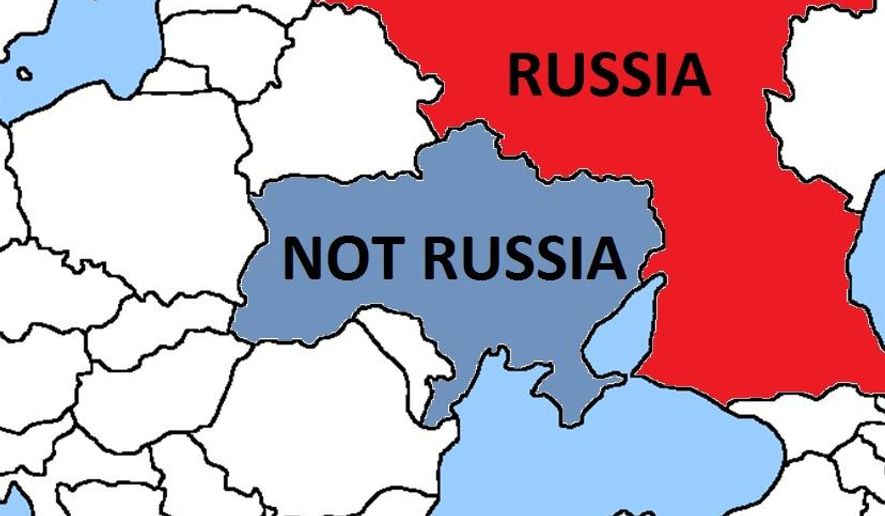In August of last year, as Russian troops kept getting “lost” in Ukraine, the government of Canada produced a map showing Russia in red, and Ukraine in blue, labeled “Not Russia,” in a snarky attempt to call, in their words, “an invasion an invasion.” Humorously, Canada forgot to color red the Russian exclave of Kaliningrad on the Baltic Sea, which sits right between the former Soviet Republics of Lithuania, Estonia and Latvia, which were conquered by the Red Army during World War II, and Poland.
Historically, before WWII, Kaliningrad was known as Königsberg by its German inhabitants, descendants of the Teutonic knights, and was considered the northern part of East Prussia. During the war, the area was annexed by the Soviet Union and the Germanic people were forcibly removed. The German language was replaced by Russian. The Cold War saw the vast militarization of the district with its warm water access to the Baltic Sea, obviously strategic gold. It is said that more than 300,000 Soviet troops were stationed there during this time.
If you look at a map of the Baltics, you can understand why the citizens of the North Atlantic Treaty Alliance’s Baltic countries are nervous. These three nations stand alone against the Russian bear to the east and the Baltic Sea to the West. A border with Belarus (White Russia), will not stop the Kremlin if they decide to move against the Baltics. Although President Lukashenko of Belarus has shown some independence from Moscow, the country is joining the Eurasian economic union and will be drawn further and further over time into a status as Moscow’s vassal. The Baltic Sea coast provides little comfort to the northern NATO countries with the Baltic Fleet of the Russian Navy docked a short ways away in Kaliningrad. It doesn’t take much of an imagination to draw a line from recent Russian naval and aerospace incursions into Baltic NATO sovereign territory to the fear of an all-out Russian invasion.
There were more than 100 interceptions of Russian military aircraft near Baltic air defense zones in 2014. A handful of these incursions actually violated sovereign airspace. One of these incidents over Estonia purposefully coincided with the celebration of independence from Moscow. Economic disputes in the Baltic Sea have also ratcheted up with Russia impounding foreign ships and interfering with undersea cable operations. Sweden has launched full-scale naval operations to repel suspected Russian submarines from their waters. This has encouraged talk in Finland and Sweden of joining NATO. Finland recently sent notices to almost 1 million citizens, outlining their responsibilities if called up in a military conflict.
From a military perspective, all of this activity is happening in a very small geographical area. The chances for an accidental conflict or hostile interaction are very high. The Kremlin is playing a very high stakes game of chicken. If the objective is to frighten NATO’s northern tier, it is working.
The loss of the ice-free ports of the Baltic nations was a blow to the Russian Navy. This has made Kaliningrad all the more important to the Russian military. In fact, the territory is critical to Russia projecting power in the Baltic Sea. There is one huge problem with this fact however. Russia has no overland route to re-supply the exclave. Its residents have to apply for special transport documents to travel through NATO territory to visit their own country to the east.
According to a German newspaper, Russian President Putin was quoted during a negotiation last year with Ukrainian President Petro Poroshenko, “If I wanted, in two days I could have Russian troops not only in Kiev, but also in Riga, Vilnius, Tallinn, Warsaw and Bucharest.” It goes without saying that these are all capitals of NATO countries and an attack would trigger a response by the United States as well.
The status of an exclave of the Russian Federation domiciled in the middle of NATO territory, and harboring the powerful Russian northern fleet, seems very unstable to the entire region in light of Russia’s recent aggressive actions. One could be forgiven for thinking that Mr. Putin wants a land bridge to Kaliningrad as many think he wants a land bridge to the Crimean Peninsula.




Please read our comment policy before commenting.